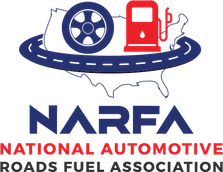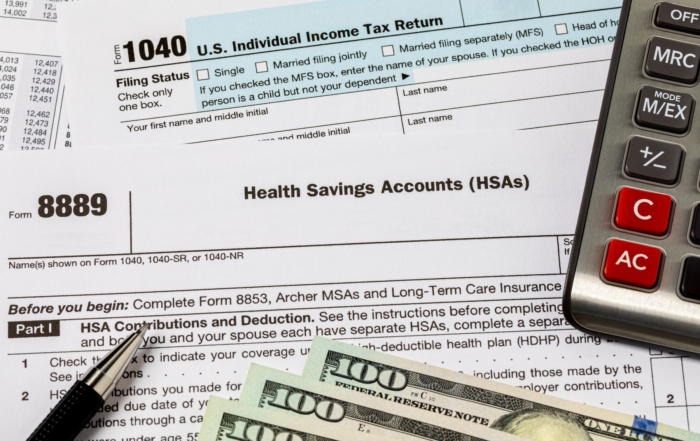A startling 45% of retirement plan sponsors are unaware of their fiduciary responsibilities within their organization’s retirement scheme. As fiduciaries, it’s imperative to adhere to the established best practices, ensuring plans are managed in accordance with all pertinent rules, regulations, and governing documents. Formulating a 2024 compliance checklist can facilitate this process effectively.
Proactive Self-Audits: A Shield Against Liabilities
Recognizing your fiduciary role is the first step; the next critical phase is adherence to prevailing laws and guidelines. With the U.S. Department of Labor (DOL) and the Internal Revenue Service (IRS) amplifying their retirement plan compliance audits, it’s more important than ever to ensure your plan’s documentation and operations are flawless. Undertaking a self-audit or operational compliance review can significantly mitigate future risks, penalties, and liabilities.
Frequent noncompliance areas identified by DOL and IRS include:
- Discrepancies in plan documents and operational execution, particularly around compensation definitions
- Eligibility criteria mishandlings
- Issues with loans and in-service distributions
- Errors in vesting schedules and required minimum distributions
- Failures in nondiscrimination and coverage tests
- Unaccounted for participants and delayed contributions
Top 10 Compliance Strategies for Optimal Retirement Plan Management
Unsure if you’re meeting best practices or seeking to improve? Implement these ten pivotal strategies to bolster your retirement plan’s compliance and effectiveness:
- Regularly select and review plan investments.
- Ensure continuous monitoring and reporting of investment and participant activities.
- Regularly evaluate and compare plan costs.
- Clearly understand and execute your fiduciary duties.
- Keep abreast of legislative changes and updates, including nuances from the SECURE 2.0 Act of 2022.
- Enhance fiduciary security and risk mitigation.
- Prepare for audits with independent compliance reviews.
- Recognize the influence of retirement plan design on competitiveness.
- Manage day-to-day administration, adhering to all reporting and recordkeeping norms.
- Promote financial well-being and retirement preparedness among employees through effective program development.
Incorporating these guidelines into your retirement plan strategy for 2024 can help ensure your program not only complies with regulatory standards but also supports your employees’ journey to a secure retirement. NARFA’s Multiple Employer Pension Plan handles all compliance and fiduciary requirements for members, and the savings from this program is more than the cost of NARFA membership.
Recent Posts
Poison Ivy, Oak & Sumac Safety Guide for Landscaping, Construction, and Outdoor Workers
Why Construction and Outdoor Workers Need to Know About Poison Plants The CDC reports that 80-90% of adults develop rashes from poison ivy exposure, and [...]
Multi-State Business Operations: Insurance and Compliance Strategies for Growing New Hampshire Auto Companies
Picture a successful New Hampshire automotive dealership that starts with a single location in Manchester. Over time, they expand their service territory, hire employees who [...]
Revolutionary HSA Changes in the 2025 Budget Bill: Your Complete Guide to Expanded Benefits
Introduction: A Game-Changer for Healthcare Financial Planning The 2025 federal budget reconciliation bill, recently passed by the House, introduces the most significant expansions to Health [...]




